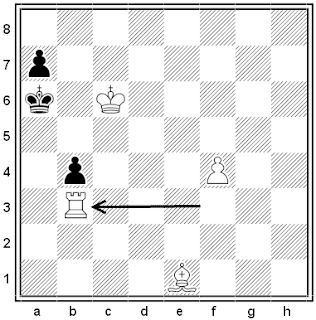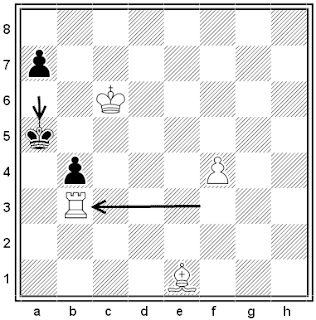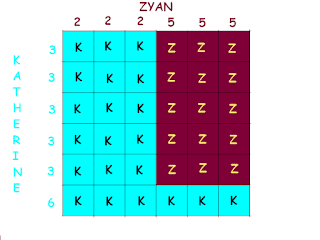What was the question?
When Zach tells the product of 5 numbers that he has chosen he indirectly conveying product of 2 un chosen numbers.
For example, product of all numbers in set = 1 x 2 x 3 x 4 x 5 x 6 x 7 = 5040 and if Zach tell product 1 x 2 x 4 x 5 x 7 = 280 then obviously the product of numbers that he hasn't chosen is 5040/280 = 18 = 3 x 6.
Now, there are only 2 products viz. 12 and 6 which have more than 1 pair of numbers.
The product 12 can be from pairs - (3,4) and (6,2)
The product 6 can be from pairs - (1,6) and (2,3)
Here if the sum of un chosen numbers is odd (or even) then sum of other 5 chosen numbers also must be odd (or even).
In above cases, 6 has pairs whose sum is odd always and hence sum of other 5 numbers would be odd. In that case, Claudia would have been sure with if sum of numbers selected by Zach is either odd or even.
While in other case, the product 12 has 1 pair having sum odd (3,4) and other pair having sum even (6,2). Hence, Zach must have 'indirectly' suggested product 12 as a product of un chosen numbers that's why Claudia is saying that she doesn't know if the sum of numbers selected by Zach is even or odd.
Hence, the product of numbers selected by Zach = 5040 / 12 = 420.





















